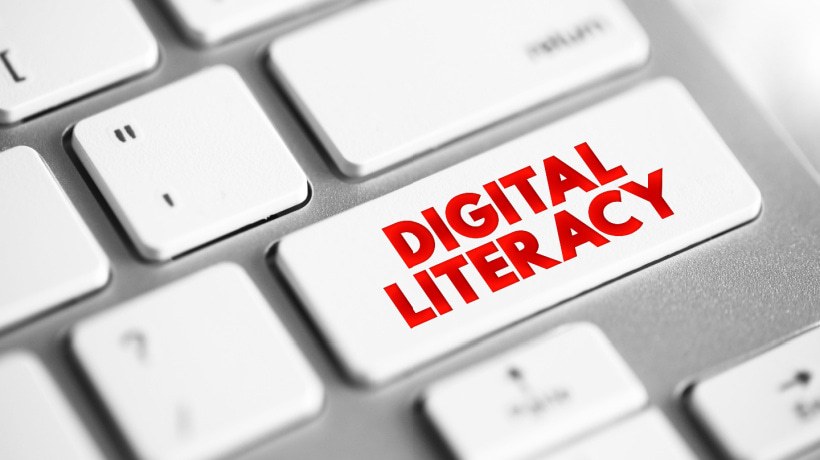Gather Intel, Explore Key Drivers, And Test Scenarios
As a leader, you must take deliberate steps for growth every day. This growth can begin with yourself and spread to your team and your organization. Growth means you and your organization are evolving, learning, and pivoting so that you can successfully navigate new and unknown contexts. This series of articles titled "Growth Blueprint" explores the key tactics to foster such growth. This article focuses on futures thinking as a strategic planning technique and explores its approach, tools, and benefits.
What Is Futures Thinking And Why Is It Important?
Futures thinking is a forward-looking strategic process using certain thinking tools to explore possible future scenarios, examine drivers and past historical influences, and generate new ideas and disruption management mechanisms that drive new strategies for products, services, policies, and organizations. Futures thinking is important because it arms your team and your organization with the ability to stay ahead of trends and to anticipate disruptive innovations. Futures thinking helps you generate several possible future scenarios in certain detail. While not every scenario will likely play out as developed, several elements including strengths and weaknesses from such scenarios will likely take place. As such, futures thinking gives you and your organization the opportunity to plan and be better prepared, ahead of competitors. Futures thinking uses several tools for four key functions: to gather intelligence about the future, to explore the drivers and dynamics of change, to describe future scenarios, and to develop and test policy and strategy.
Futures Thinking Tools
Using more than 12 different tools, futures thinking can be deployed across different teams working in parallel and together to explore future scenarios and identify possible paths for growth. There are 4 tools used to gather intelligence about the future, and they include Horizon Scanning, the 7 Questions, the Issues Paper, and the Delphi approach. Let's briefly explore each.
Horizon Scanning is a tool used to detect early signs of potentially important developments through a systematic examination of potential threats and opportunities, with emphasis on new technology and its effects on the issue at hand. You can use the 7 Questions as an interview tool to collect strategic insights from key stakeholders to identify conflicting or challenging views of the future and extract deep information about underlying concerns in a particular policy area. The Issues Paper collates responses from the 7 Questions interviews to outline the strategic challenges and opportunities around the policy at hand and can be used to underscore possible strategies to construct and implement new policies. Finally, the Delphi tool is a collaborative consultative process you can use to gather the perspectives of Subject Matter Experts to refine the way your organization is thinking about the future.
Driver Mapping And Axes Of Uncertainty
Next, there are two tools to examine the key drivers of change, and they include Driver Mapping and Axes of Uncertainty. You can use Driver Mapping to identify the various key drivers shaping future policy, including political, economic, societal, technological, legislative, and environmental (PESTLE) drivers. After conducting the PESTLE analysis, you can prioritize the various drivers and decipher possible versus feasible outcomes pertaining to the futures policy scenario context. The Axes of Uncertainty is a tool you can use to define the key uncertainties relating to the issue or policy in question and to frame future possible scenarios by creating a matrix of scenarios to help you discern which are the most viable ones.
Scenario Storytelling, Visioning, And SWOT Analysis
Next, to describe how such future scenarios may play out, you can use any of these three tools, including Scenario Storytelling, Visioning, and SWOT Analysis. Scenario Storytelling is a tool you can use to describe alternative futures for the external environment. Each story may explore how different criteria can support or obstruct certain elements of the product, service, or policy you are exploring. You can examine how the various key stakeholders, including your competitors, local and federal government, and customers, may act under the various scenarios. Visioning is a tool used to envision exactly how certain products, processes, and policies may behave in a given time frame in the future and what risks your team will need to mitigate to get there. Finally, the well-known SWOT Analysis is a matrix approach that examines the strengths, weaknesses, opportunities, and threats of a particular future scenario. Strengths and weaknesses are typical internal elements to the organization, whereas opportunities and threats are typically external to the organization. Usually, the weaknesses can be turned around into strengths, and the challenges can be seen as opportunities to build the model. All these tools get you to the final stage, where you will need to develop and kick the tires on the product, service, or policy you are developing.
Policy Stress-Testing, Backcasting, And Roadmapping
To develop and test future policy and strategy you can use any of these three tools, including Policy Stress-Testing, Backcasting, and Roadmapping. Policy Stress-Testing is a tool where you take each possible policy scenario and test it against possible risks and adverse external conditions to examine how the various scenarios may affect future policies. Backcasting is a tool you can use to define a possible future and then work backwards to determine which steps the organization will need to take today to achieve that future setting. This means you and your team will need to pinpoint which processes and steps will need to change to close the gap between the present situation and the future one you already defined. Finally, Roadmapping is a tool that you can use to lay down the roadmap of inputs including data, research, trends, and technology improvements, which when you and your team combine over time will get you to the place you identified through Backcasting. Roadmapping can also enable you to see the relationships and connect the dots across different stakeholders, interests, and resources so that you can build the product, service, or policy your team set out to define, develop, and deliver to your customers.
Conclusion
Futures thinking uses more than 12 tools to examine each of the 4 key functions pertaining to futures thinking and strategic foresight: gathering intelligence about the future, exploring the drivers and dynamics of change, describing future scenarios, and developing and testing, all of which can be useful as you plan ahead for growth through the development and delivery of new products, services, or policies.








